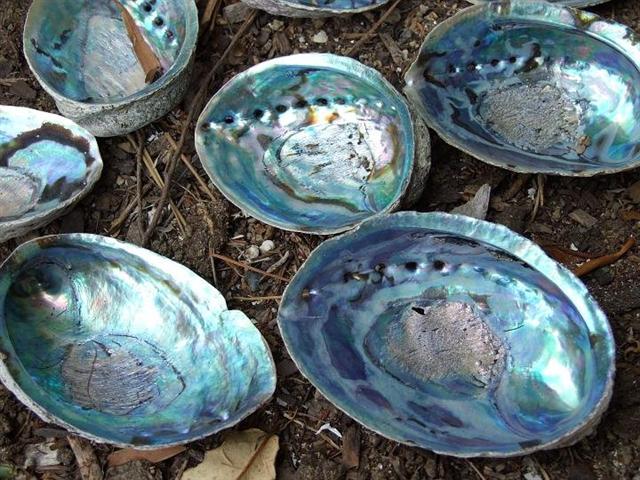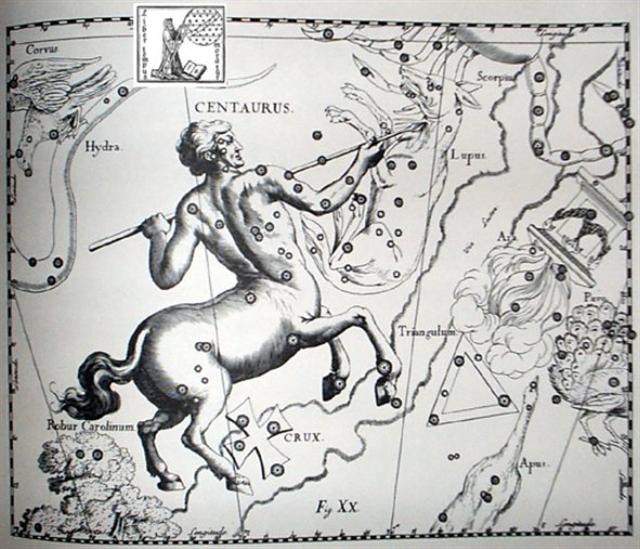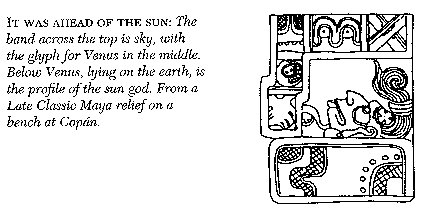5-3. Once again. To measure is to see how a pair of points are interconnected. By using known measures:
In the case of Toliman (*221) we could use his point in order to find some another cardinal point for instance 363 days away:
363 → 3 * 121 (Bharani) → 11 * 33 and 220 → 11 * 20 → 2 * 110 (Hamal). ... About Carmenta we know from the historian Dionysus Periergetis that she gave orcales to Hercules and lived to the age of 110 years. 110 was a canonical number, the ideal age which every Egyptian wished to reach and the age at which, for example, the patriarch Joseph died. The 110 years were made up of twenty-two Etruscan lustra of five years each; and 110 years composed the 'cycle' taken over from the Etruscans by the Romans. At the end of each cycle they corrected irregularities in the solar calendar by intercalation and held Secular Games. The secret sense of 22 - sacred numbers were never chosen haphazardly - is that it is the measure of the circumference of the circle when the diameter is 7. This proportion, now known as pi, is no longer a religious secret; and is used today only as a rule-of-thumb formula, the real mathematical value of pi being a decimal figure which nobody has yet been able work out because it goes on without ever ending, as 22 / 7 does, in a neat recurring sequence [3.142857142857 ...]. Seven lustra add up to thirty-five years, and thirty-five at Rome was the age at which a man was held to reach his prime and might be elected Consul. (The same age was fixed upon by a Classically-minded Convention as the earliest at which an American might be elected President of the United States.) ... 363 - 220 = 143 (Hyadum I) = 11 * 13. The man (tagata) depicted in the first glyph in line a5 has his curved front arm raised high ending in a kind of Y, which we presumably should understand as a sign for 'dry' ('dead') - 'in straw': ... In north Asia the common mode of reckoning is in half-year, which are not to be regarded as such but form each one separately the highest unit of time: our informants term them 'winter year' and 'summer year'. Among the Tunguses the former comprises 6½ months, the latter 5, but the year is said to have 13 months; in Kamchatka each contains six months, the winter year beginning in November, the summer year in May; the Gilyaks on the other hand give five months to summer and seven to winter. The Yeneseisk Ostiaks reckon and name only the seven winter months, and not the summer months. This mode of reckoning seems to be a peculiarity of the far north: the Icelanders reckoned in misseri, half-years, not in whole years, and the rune-staves divide the year into a summer and a winter half, beginning on April 14 and October 14 respectively. But in Germany too, when it was desired to denote the whole year, the combined phrase 'winter and summer' was employed, or else equivalent concrete expressions such as 'in bareness and in leaf', 'in straw and in grass' ... His 'elbow ornament' seems also to be 'dry', 'dead', i.e. open and not closed,
and looking very much like a left leg. Possibly we should here understand tagata oho as a way to describe how the dry season (associated with the Raven and Robur Carolinum) was about to go away:
South of the equator the end of the month of September corresponded to the end of the winter month of March. We can count right ascension days from η Andromedae to ρ Virginis, measure from one woman to the other. ... Hamiora Pio once spoke as follows to the writer: 'Friend! Let me tell of the offspring of Tangaroa-akiukiu, whose two daughters were Hine-raumati (the Summer Maid - personified form of summer) and Hine-takurua (the Winter Maid - personification of winter), both of whom where taken to wife by the sun ... Now, these women had different homes. Hine-takurua lived with her elder Tangaroa (a sea being - origin and personified form of fish). Her labours were connected with Tangaroa - that is, with fish. Hine-raumati dwelt on land, where she cultivated food products, and attended to the taking of game and forest products, all such things connected with Tane ... To take the measure from Woman (η) to Man (ρ) in abstracto: ... I think Sir Lockyer's discovery of how the 'names of gods' were referring not to 'individual persons' but to 'stations in time' is essential for us to be able to appreciate what the rongorongo texts really may be saying ... ... When this tremendous task had been accomplished Atea took a third husband, Fa'a-hotu, Make Fruitful. Then occurred a curious event. Whether Atea had wearied of bringing forth offspring we are not told, but certain it is that Atea and her husband Fa'a-hotu exchanged sexes. Then the [male] eyes of Atea glanced down at those of his wife Hotu and they begat Ru. It was this Ru who explored the whole earth and divided it into north, south, east, and west ...
Possibly the glyph type hau tea corresponded to Atea. Elbow ornaments seem to play a significant role in what follows:
The sign of elevation covers 8 days (glyphs), possibly alluding to the 8 nights of invisibility before Venus would return in the east as Morning Star.
When the dry Y vanished the position of the elbow ornament changed from behind to in front.
|
|||||||||||||||||||||||||||||||||||||||||||||||||||||||||||||||||||||||||||||||||||||||||||||||||||||||













